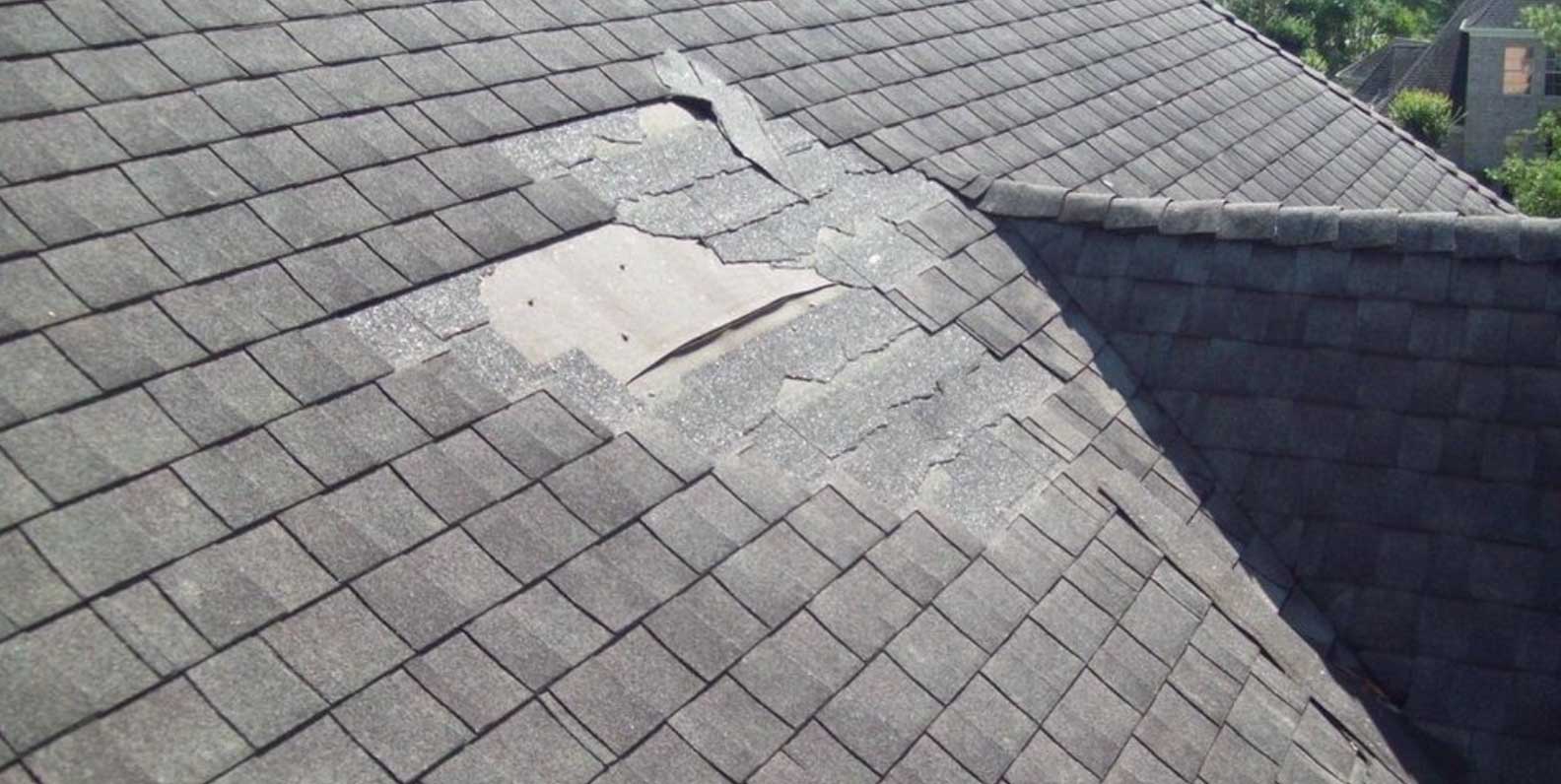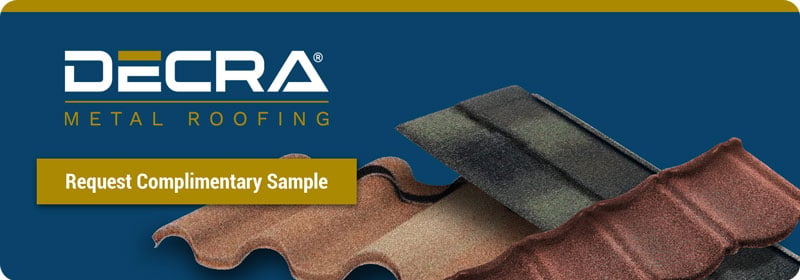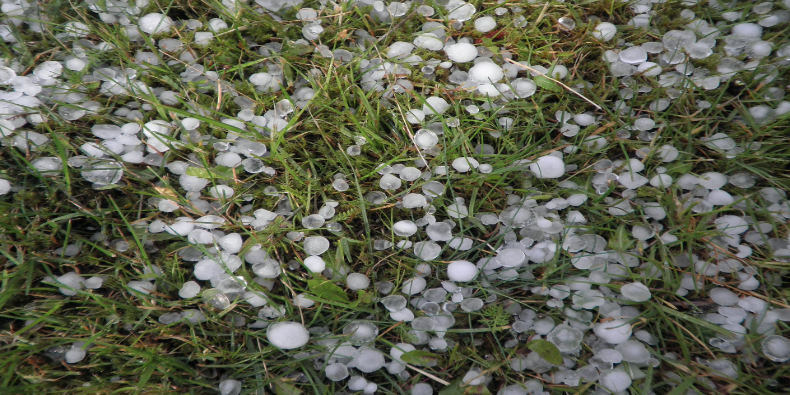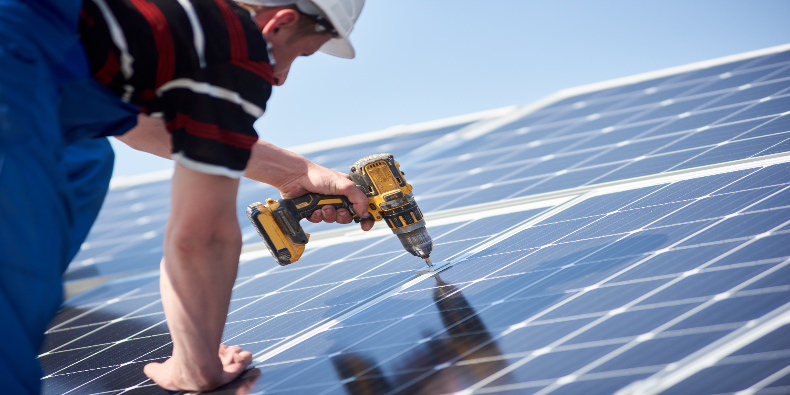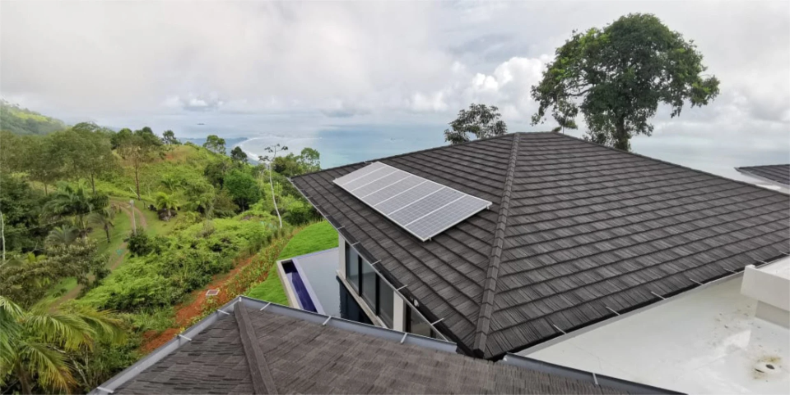One of the biggest challenges a roof faces is its ability to withstand high winds. When a roof fails to resist wind forces, it can lead to leaks, structural damage and even a complete roof failure.
For homeowners in wind-prone areas, understanding the science behind wind will help you make an informed decision about the best type of roof for your home.
In this blog, we’ll cover what homeowners need to know about wind resistance and wind uplift, including:
- The difference between wind resistance and wind uplift.
- How wind and wind uplift can damage the roof.
- What to look for in a wind-resistant roof.
The Difference Between Wind Resistance and Wind Uplift
Wind resistance and wind uplift are two terms used to describe how a roofing system performs when exposed to wind forces. While the two terms are similar, they describe different aspects of a roof's ability to withstand wind.
Wind resistance refers to the overall ability of a roofing system to withstand the effects of wind, including wind-driven rain and debris impact. This encompasses not only the roof's ability to resist wind uplift forces but also its ability to maintain its integrity and perform under various wind conditions.
Wind uplift refers to the upward force exerted on a roof due to the pressure differential created by wind flowing over and around a building. This force can cause the roof to lift, potentially leading to damage and even complete roof failure if not properly managed.
To illustrate the difference between wind resistance and wind uplift, think of the roof as an umbrella that protects the home below from the elements.
Wind resistance is how well the umbrella protects the home below from all of the challenges that come with high winds, including rain, hail impact and debris.
Wind uplift occurs when the wind blows underneath the umbrella and tries to lift it up. If the umbrella is strong enough to withstand the forces of wind uplift, it will stay in place and not get damaged.
Homeowners in regions prone to high winds, hurricane-force winds or tornadoes should prioritize both wind uplift resistance and overall wind resistance when choosing a roof.
How Wind and Wind Uplift Cause Roof Damage
Damage from high winds and wind uplift can manifest in several ways. Here are the four most common ways that traditional roofing materials with poor wind resistance, such as asphalt shingles or clay tiles, can be damaged by wind.
- Strong winds can exert lateral forces on the roof, causing asphalt shingles or clay tiles to loosen, crack or blow off the roof.
- High winds can carry debris, such as tree branches. The impact from wind-blown objects on the roof can cause punctures, cracks, dents and other damage to delicate roofing materials.
- When high winds cause horizontal rain or snow to hit the roof at high speeds, moisture can penetrate under the roof. This can lead to water intrusion, leaks, structural damage or mold growth.
- Frequent exposure to high winds can cause the roof to fatigue and deteriorate over time. This is especially true with lower-quality roofing materials, such as asphalt shingles.
Wind uplift damage occurs when the pressure difference created by wind flow over a roof causes the roofing materials to lift or separate from the roof deck or supporting structure, particularly at the edges and corners of the roof.
-1.png?width=2500&height=1354&name=DECRA%20Wind%20Uplift%20Graphic%20Final%20Transparent%20wBackground%20(1)-1.png)
As wind flows over a roof, its speed increases, creating areas of low pressure on the upper surface of the roof. Simultaneously, the wind pushes against the lower surface of the roof, creating areas of high pressure. This pressure differential causes the roof to lift, resulting in wind uplift that can cause:
- Partial or complete failure of the roofing system. When the wind uplift force exceeds the roof's ability to resist it, the roofing materials can be partially or completely blown off, leaving the underlying structure exposed to the elements.
- Damage to roof components and attachments. Wind uplift can cause fasteners, adhesives and other roofing components to fail. Properly designed and installed fasteners, as well as appropriate fastening patterns and spacing, are crucial for ensuring adequate wind uplift resistance.
- Water intrusion and subsequent damage. When wind uplift causes roofing materials to lift or separate, it can create openings for water to infiltrate, leading to leaks, water damage and potential mold growth. This can be especially problematic in areas where wind-driven rain is common.
What to Look for in a Wind-Resistant Roof
When looking for a wind-resistant roof, homeowners should consider the following:
- The roof’s UL 1897 rating.
- The roof’s TAS 125 rating.
- The roofing material.
UL 1897 is a testing procedure developed by Underwriters Laboratories (UL) to evaluate the uplift resistance of roof covering systems. This test measures the ability of the roof covering to resist upward (or "uplift") forces, such as those created by high winds.
UL 1897 Testing also ensures compliance with the International Residential Code (IRC) or the International Building Code (IBC) on which most U.S. building codes are modeled.
The test provides a rating, which reflects the last wind speed the roof is able to withstand before failing. A point of system failure occurs when the fasteners pull loose from their attachment to the underlying roof sheathing. This is common in asphalt shingles that are not well bonded since the wind stagnates at the base, while aerodynamic wind uplift occurs at the top. The resulting lift can deform the shingle, exposing the underlying roof deck to more damage.
The rating is given in pounds per square foot (psf), which tells you the amount of wind uplift force the roof can withstand. Higher numbers indicate a stronger resistance to uplift forces.
The required or recommended UL 1897 rating can vary depending on your local building codes, especially in areas prone to high winds. For instance, in some areas, a rating of 90 psf may be considered sufficient, while in other areas, a rating of 30 psf is considered sufficient. Be sure to check with your local building department or a reputable roofing contractor to understand what rating is suitable for your area.
TAS 125 testing proves that a roofing manufacturer’s products comply with the high-velocity hurricane zone requirements. High-velocity hurricane zones (HVHZs), such as Miami-Dade, Florida, have the strictest building codes in the nation. Look for roofing manufacturers with products that are approved for HVHZs, even if you don’t live in a region prone to hurricanes.
With TAS 125, positive and negative wind pressures are applied in cycles in a sealed test chamber. These challenging cycles subject the roofing system to pressures prescribed in the highest UL 580 Class 90 standard.
Roofing materials vary in their ability to withstand wind. Traditional roofing materials, such as asphalt shingles and clay tiles, have substantial shortcomings when it comes to wind resistance.
Asphalt shingles can easily become damaged or dislodged from high winds. They also have one of the shortest lifespans and need to be replaced as often as every 12 years.
And while clay tile roofs are known for their beauty, they are extremely delicate and prone to cracking from wind-driven debris.
Metal roofs, on the other hand, are considered one of the best roofing materials for resisting wind and wind uplift due to several factors, including:
- Durability and Strength: Metal is an inherently durable material and can withstand hurricane-force winds and wind-driven debris without cracking, breaking or dislodging.
- Interlocking Panels: Metal roofs typically consist of interlocking panels that provide continuous connections between adjacent panels. This enhances a metal roof's ability to resist wind uplift by distributing the load across multiple panels.
- Lightweight: A lightweight roof reduces the overall load on the building's structure and helps minimize the risk of structural failure during high wind events. Metal roofs are one of the lightest roofing materials on the market.
- Concealed Fasteners: Metal roofs typically use concealed fasteners that attach the metal panels to the roof deck These fasteners are designed to provide strong connections and withstand hurricane-force winds.
- Airflow Disruption: Stone-coated metal roofing is a type of metal roofing that features a layer of stone granules embedded in an acrylic polymer coating. This design not only adds to the roof's aesthetic appeal, but also enhances its wind resistance by creating a rough surface that disrupts airflow and reduces wind uplift forces.
Wind-Resistant DECRA Metal Roofing
As the original stone-coated metal roofing manufacturer since 1957, DECRA Metal Roofing products have a long-established reputation for quality and durability. Manufactured at our facility in Corona, California, DECRA products are tested above and beyond the requirements to ensure the quality that DECRA is known for is present in each and every stone-coated metal roofing panel we produce.
DECRA panels are backed by a warranty for winds up to 120 mph and lab tested at twice that velocity. Additionally, DECRA roofs use a unique interlocking system that helps the profiles remain firmly in place when severe winds blow through.
Ready to see and feel the DECRA difference? Click here to order a free sample.
Editor’s Note: This blog was originally published in May of 2021 and has been updated with relevant information.

